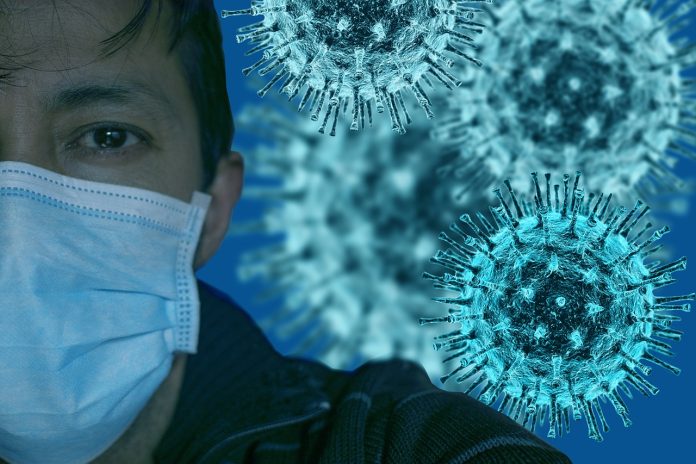Why the Pandemic Probably Started in a Lab, in 5 Key Points
On Monday, Dr. Anthony Fauci returned to the halls of Congress and testified before the House subcommittee investigating the Covid-19 pandemic. He was questioned about several topics related to the government’s handling of Covid-19, including how the National Institute of Allergy and Infectious Diseases, which he directed until retiring in 2022, supported risky virus work at a Chinese institute whose research may have caused the pandemic.
Author Alina Chan is a molecular biologist at the Broad Institute of M.I.T. and Harvard, and a co-author of “Viral: The Search for the Origin of Covid-19.”
Summary:
- The SARS-CoV-2 virus emerged in Wuhan, where the Wuhan Institute of Virology studies SARS-like viruses found in bats 1,000 miles away. It left no trace at its source or along its potential journey to Wuhan.
- In 2018, the Wuhan lab, working with U.S. partners, proposed creating viruses with the key feature that makes SARS-CoV-2 so infectious – a furin cleavage site. Less than two years later, the pandemic began.
- The Wuhan lab worked on SARS-like viruses under biosafety conditions that were too low to contain an airborne virus as infectious as SARS-CoV-2.
- The theory that the virus came from the Huanan Seafood Market is not well supported. The market was likely a superspreader event after the virus was already circulating.
- Key evidence expected if the virus emerged naturally from wildlife is still missing after over 4 years, unlike previous coronavirus outbreaks.
Chan argues a lab accident is the most parsimonious explanation given current evidence. She also shows that while the U.S. government did not directly fund the specific research that may have created SARS-CoV-2, federal agencies did provide funding and support to the Wuhan lab for many years to study and enhance SARS-like coronaviruses, with insufficient oversight and safety precautions.
Chan calls for a thorough investigation, including of exchanges between the Wuhan lab and U.S. partners in 2018-2019, to identify how such risky research was allowed and prevent future pandemics.



